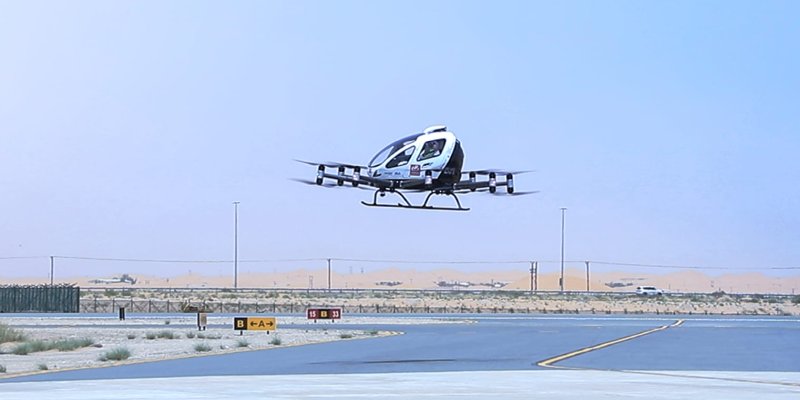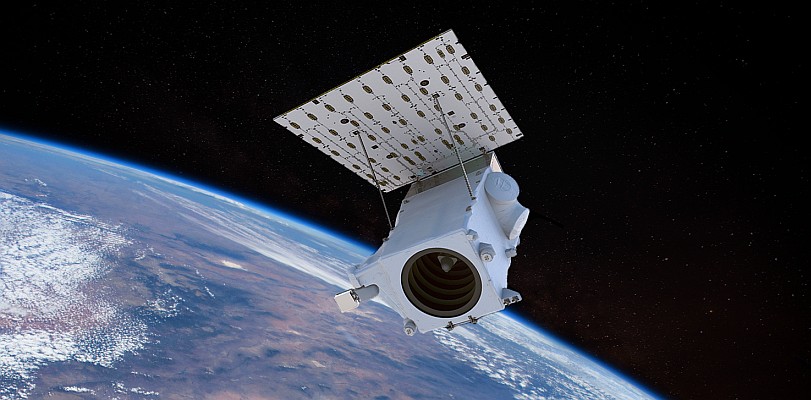A digital elevation model (DEM) is a representation of the earth’s terrain developed from remote sensing techniques and/or land surveying. In the insurance industry, elevation data is often used to analyze storm surges. DEMs allow insurers to model storm surge and then predict which properties and/or areas are most susceptible to destruction from surge-inducing natural disasters such as hurricanes, typhoons or catastrophic floods.
In the United States alone there is nearly 13,000 miles of coasts with over half of our population living within 50 miles of this coastline. The three major hurricanes that touched US land in 2008 caused nearly $35 billion in damage. Residential properties in the Miami area could sustain $50 billion in flood damage if a Category 5 hurricane struck; Hurricane Katrina alone caused $80 billion in damage.
From these large dollar figures, it’s obvious why the insurance industry needs to complete this risk analysis before insuring coastal properties. By using accurate elevation data, they can set insurance prices more appropriately; as well as predict the total damage possible over a range of natural disaster severities. While this analysis may result in higher insurance prices for those in high risk areas, it may also result in lower insurance prices for those outside of these high-risk areas.
Desmond Carroll of Royal Star Assurance – an insurance company that operates in the Bahamas, Cayman, Turks and Caicos Islands and an eMap International customer – uses elevation data to model the effects of storm surges on the island properties they insure. eMap provided Royal Star Assurance with a 5-meter DEM over the island of New Providence that was extracted from a series of overlapping WorldView-2 stereo pairs. While it was the goal of the project to use a single, cloud-free pair, given the persistent cloud cover in the region this was not possible.
As such, WorldView-2 stereo pairs from seven individual dates were mosaicked together to create the nearly cloud-free DEM. By extracting this elevation model from high-resolution satellite imagery, Royal Star Assurance saved significantly over locally-available options such as LiDAR; and the dataset they received from eMap has exceeded their expectations to date.
Once storm surge models are made of high risk zones, insurance companies can better understand the exposure areas and the value of the properties within them. This information is invaluable not only to the insurance industry itself but also to the wide variety of companies that support the industry. Take for example contractors who are looking to build homes in these high-risk areas. Armed with accurate storm surge data, these contractors can assess the local risk and then make an informed decision as to whether or not the investment is worth it.
Below is a small subset of the DEM delivered over the island of New Providence. In this preview, blue is the lowest elevation, followed by green, yellow and then red as the highest points.
Follow us on Twitter!







